VICTORIA—A burial ground and archaeological site dating back millennia are at the heart of a long-running saga between a developer and a First Nations community in British Columbia.
Archeological excavations at the Somenos Creek site near Duncan on Vancouver Island have uncovered material as old as 4,600 years. The burial ground, which was in use for 600 years, is about 1,800 years old.
An excavation undertaken by the University of British Columbia (UBC) in 1994 revealed a shell midden, graves, and artifacts that include a collection of chipped slate microblades, ground stone knives, bone awls, and toggling harpoon valves.
Of 33 additional excavations in 2007, 30 were of archaeological value. One of the more remarkable finds was a 2,000-year-old large architectural feature that could be a house foundation or a hearth, says archaeologist Eric McLay.
“We’ve only uncovered a small part of it at this point so we’re not quite clear on what exactly that feature is. It’s interesting in that it hadn’t been known before, and it adds another aspect to the site that sort of increases its significance. We don’t have very good evidence of house structures in that time period.”
Another discovery was the remains of a young child wearing a 400-bead, six-string necklace, meaning the child had some hereditary status says McLay, a former president of the Archaeological Society of British Columbia who participated in the 1994 UBC excavations.
But the fate of the site has been hanging in the balance since human bones were first discovered there in 1992. The Cowichan Tribes want it preserved as a heritage site but can’t afford to buy it from developer George Schmidt.
“My relationship with the Cowichan people is pretty good, but we just haven’t come to any resolution,” Schmidt told the Times Colonist last week. “The provincial government either has to buy it or let us develop it—they can’t let it carry on like this.”
Schmidt, who has tried but failed to have the six-acre site, known as Lot B, rezoned for development, said it would be worth up to $3 million if it weren’t for the presence of the artifacts and burial site.
Timbercrest has built about 300 homes on the land so far and would like to put up another 20 on Lot B.
In the hopes that the province will buy the site, Schmidt and the Cowichan Tribes met with Kevin Krueger, provincial minister of Tourism, Culture and the Arts, on Nov. 4. Krueger’s office did not respond to a request for comment, but Dianne Hinkley, Cowichan Tribes’ land research director, says the meeting was “positive.”
“I think we got the assurance that some of his staff and some of the Ministry of Aboriginal Relations staff are going to look into different possibilities.”
Hinkley says the site should be preserved as a “cultural landmark” where people could learn about First Nation pre-contact history in B.C.
“It’s not just important to the people in the valley, but to British Columbia, nationally, and I think internationally as well. We owe it to our ancient history to take care of it and learn about it and respect it the same way that people in other countries care for their archaeological heritage.”
McLay says that although B.C. has some of the strongest heritage legislation in North America, the Archaeology Branch has a staff of just 15, all of whom are based in Victoria, to regulate approximately 33,000 archeological sites across the province.
“It really is a matter of political priorities that they’re not given the resources necessary to be effective in regulating the Heritage Conservation Act.”
Numerous sites have been built over, he adds.
“It’s an unfortunate situation where heritage preservation is trumped by land development for the most part and I really think there’s a need for greater public education regarding the importance of these sites and their importance to First Nations as well, and to raise public awareness of the importance of protecting them.”
There’s “certainly a good scientific and cultural rationale” for preserving the Somenos Creek site, McLay says.
“The government just has not been forthcoming in helping the situation and helping to resolve this conflict. It’s kind of symptomatic of the reconciliation process in British Columbia itself—that it’s really a lot of talk and not a lot of action when it comes down to the ground.”
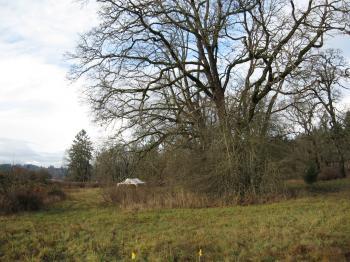

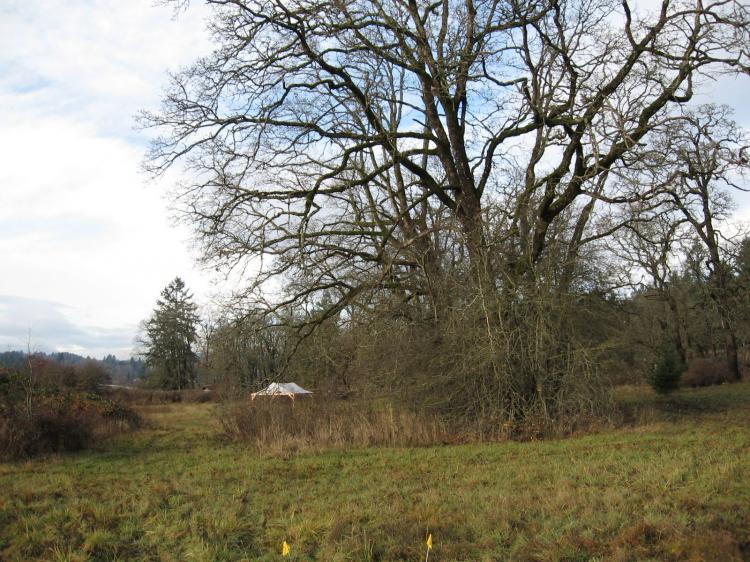
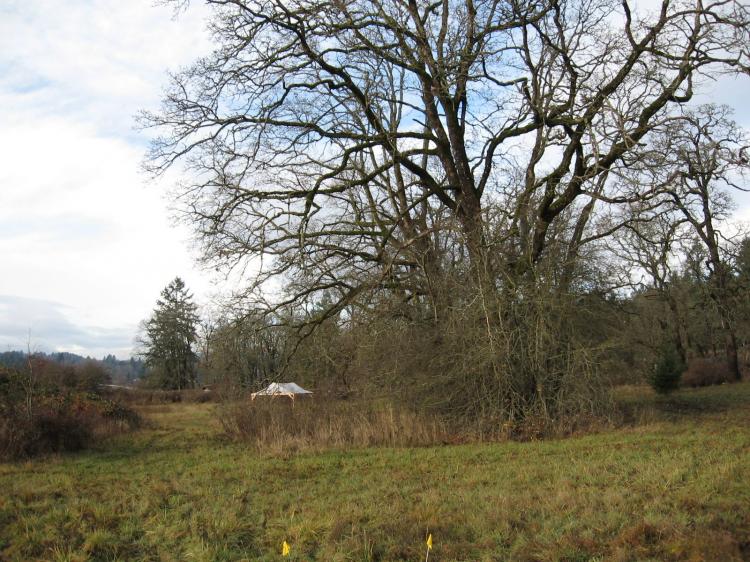

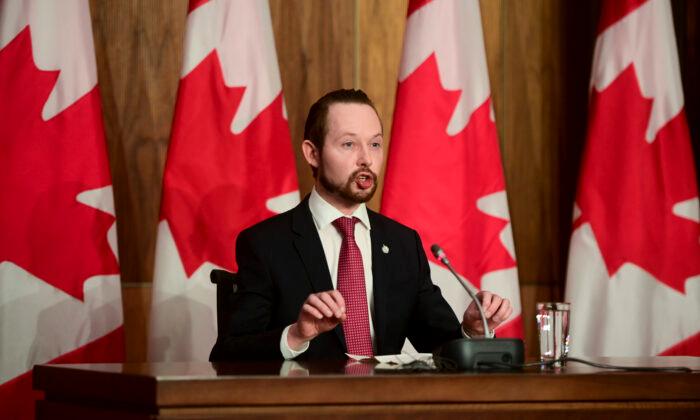
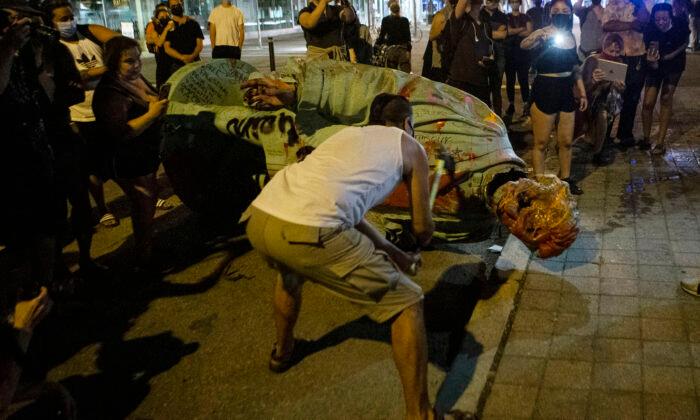
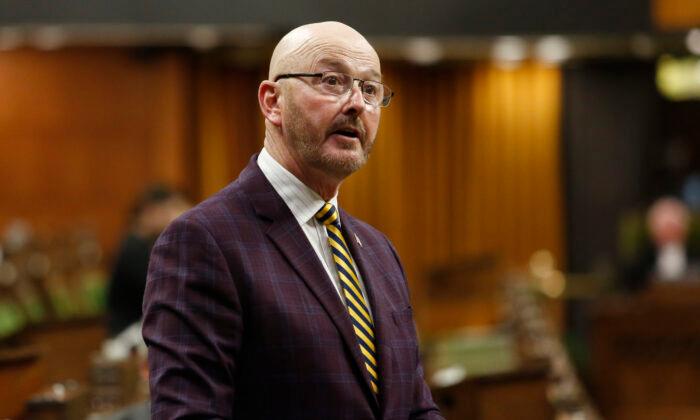
Friends Read Free